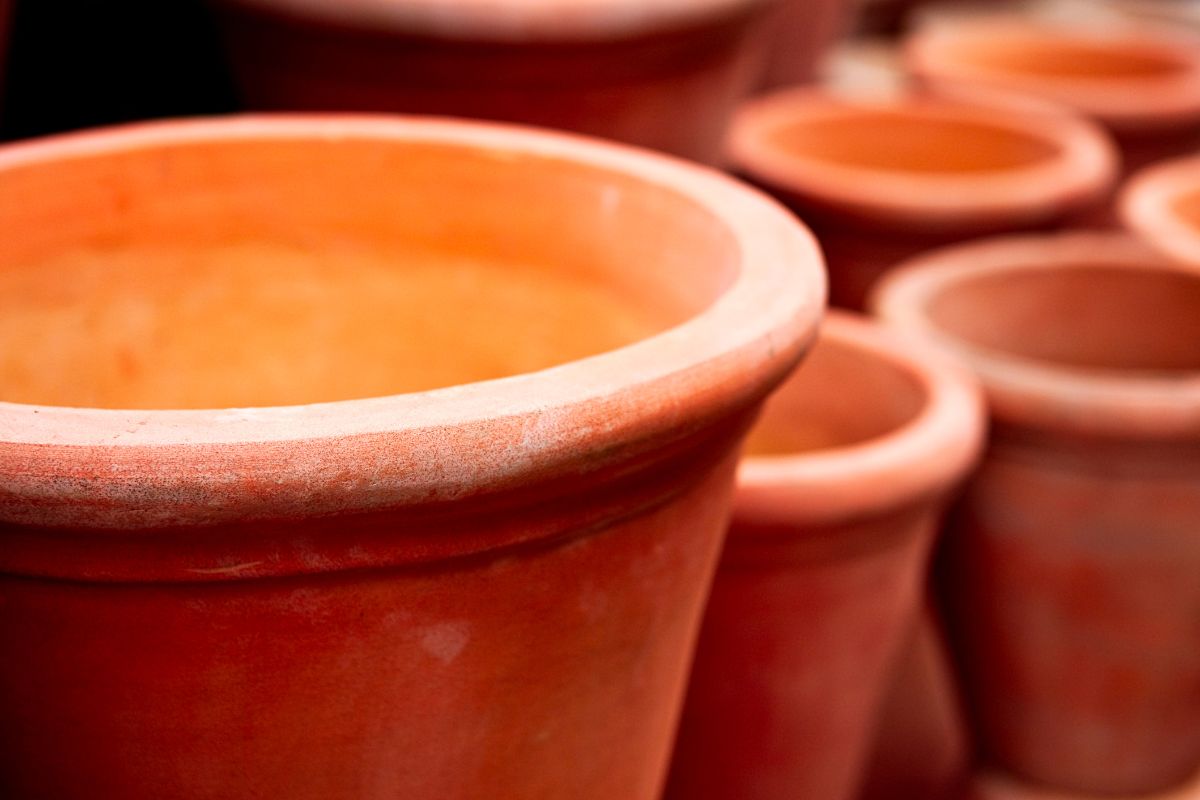Potted trees are a popular choice for landscaping and decorative purposes, as they offer versatility, convenience, and easy transplanting. Often found at nurseries and home stores, these trees come in a range of sizes, making them suitable for various needs and spaces.
This article will explore the different sizes of potted trees, highlighting the typical container sizes and providing examples of species that thrive in each size.
Article Highlights
- Potted trees come in various sizes (small, medium, and large) suitable for different landscape needs and tree species.
- Small trees typically thrive in 5 to 15-gallon pots, ensuring adequate root growth and aeration.
- Proper care, including watering, fertilizing, pruning, and repotting, is essential for the health and growth of potted trees.
What are the different sizes of potted trees?
Potted trees require different sized pots as they grow and develop. Young trees with smaller root systems can thrive in smaller pots with a volume of 1-3 gallons, while semi-mature trees and small ornamental trees require a medium-sized pot with a volume of 3-5 gallons.
Mature trees, shade trees, and large ornamental trees require a larger pot with a volume of 5-15 gallons to accommodate their extensive root systems. Repotting is necessary every two to three years or when the roots begin to outgrow the current pot to ensure the tree has enough space for its roots to grow and develop.
Understanding the appropriate pot size for the tree’s growth stage is essential to ensure it has enough room for its roots to expand and thrive.
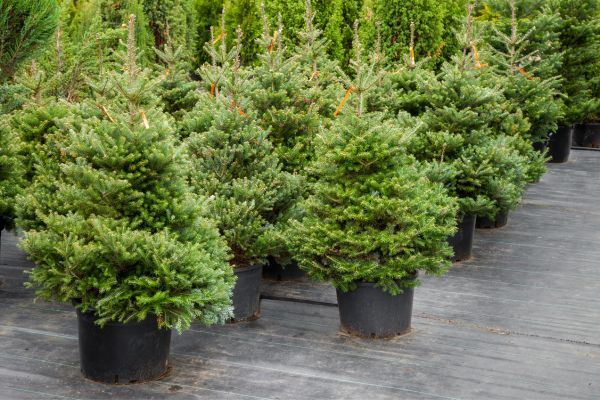
| Size | Volume | Tree Age/Type |
|---|---|---|
| Small | 1-3 gallons | Young or dwarf varieties, shrubs, and herbaceous plants |
| Medium | 3-5 gallons | Semi-mature trees, fruit trees, and small ornamental trees |
| Large | 5-15 gallons | Mature trees, shade trees, and large ornamental trees |
Small potted trees
Small potted trees are typically sold in containers ranging from 1 to 3 gallons. These trees are ideal for planting in small gardens, patios, or as accents in larger landscapes. As they grow, they may need to be transplanted into larger containers or the ground to accommodate their growth.
Examples of small potted trees include:
- Dwarf Japanese Maple (Acer palmatum ‘Dissectum’): Grows up to 8 feet tall and wide.
- Dwarf Flowering Cherry (Prunus serrulata ‘Kiku-shidare-zakura’): Reaches a height and width of approximately 8 feet.
- Lavender Twist Weeping Redbud (Cercis canadensis ‘Covey’): Grows up to 10 feet tall and wide.
Medium potted trees
Medium-sized potted trees are commonly found in 5 to 10-gallon containers. These trees are suitable for creating focal points in a landscape or providing shade for outdoor living spaces. As they mature, they may require transplanting to larger containers or planting in the ground.
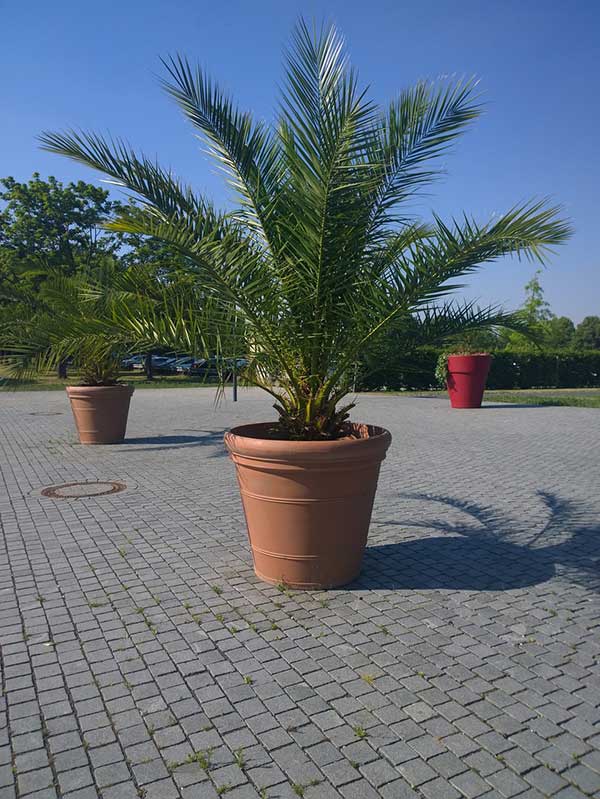
Examples of medium potted trees include:
- Eastern Redbud (Cercis canadensis): Grows up to 20-30 feet tall and wide.
- Trident Maple (Acer buergerianum): Reaches a height of 15-25 feet and a width of 10-20 feet.
- Crepe Myrtle (Lagerstroemia indica): Can grow up to 25 feet tall and wide.
Large potted trees
Large potted trees usually come in containers between 15 and 25 gallons. These trees work well as focal points in expansive landscapes, windbreaks, or privacy screens. As they grow, it may become necessary to transplant them into the ground or larger containers.
Examples of large potted trees include:
- Green Giant Arborvitae (Thuja standishii x plicata ‘Green Giant’): Grows up to 50-60 feet tall and 15-20 feet wide.
- Autumn Blaze Maple (Acer x freemanii ‘Jeffersred’): Reaches a height of 40-50 feet and a width of 30-40 feet.
- Leyland Cypress (Cupressocyparis leylandii): Can grow up to 60-70 feet tall and 15-25 feet wide.
When selecting the perfect potted tree for your landscape or garden, it’s crucial to consider the space available, desired function, and the tree’s growth habits. By understanding the different sizes of potted trees and their specific needs, you can create a stunning and functional outdoor space that will thrive for years to come.
What size pot is best for a small tree?
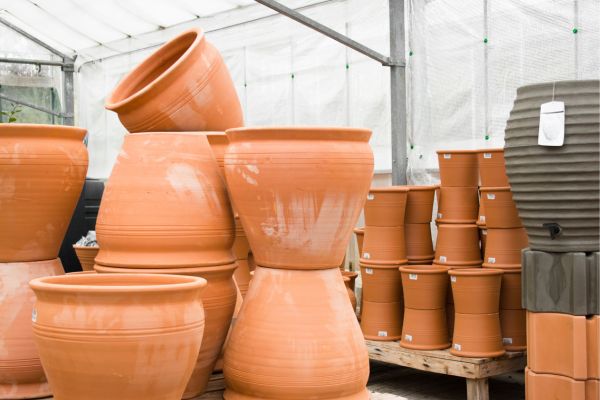
Choosing the right pot size for a small tree is crucial for its healthy growth and development. A pot that is too small can restrict root growth, leading to a stunted or unhealthy tree.
Conversely, a pot that is too large may cause the soil to retain excess moisture, potentially causing root rot. Ideally, the pot should provide adequate space for root growth while ensuring proper drainage and aeration.
For most small trees, a pot with a capacity of 5 to 15 gallons is suitable. This size allows sufficient space for the roots to expand and helps maintain the overall health of the tree.
As the tree grows, you may need to transplant it to a larger pot to accommodate its increasing size. It’s important to monitor the tree’s growth and repot as necessary to prevent it from becoming root-bound.
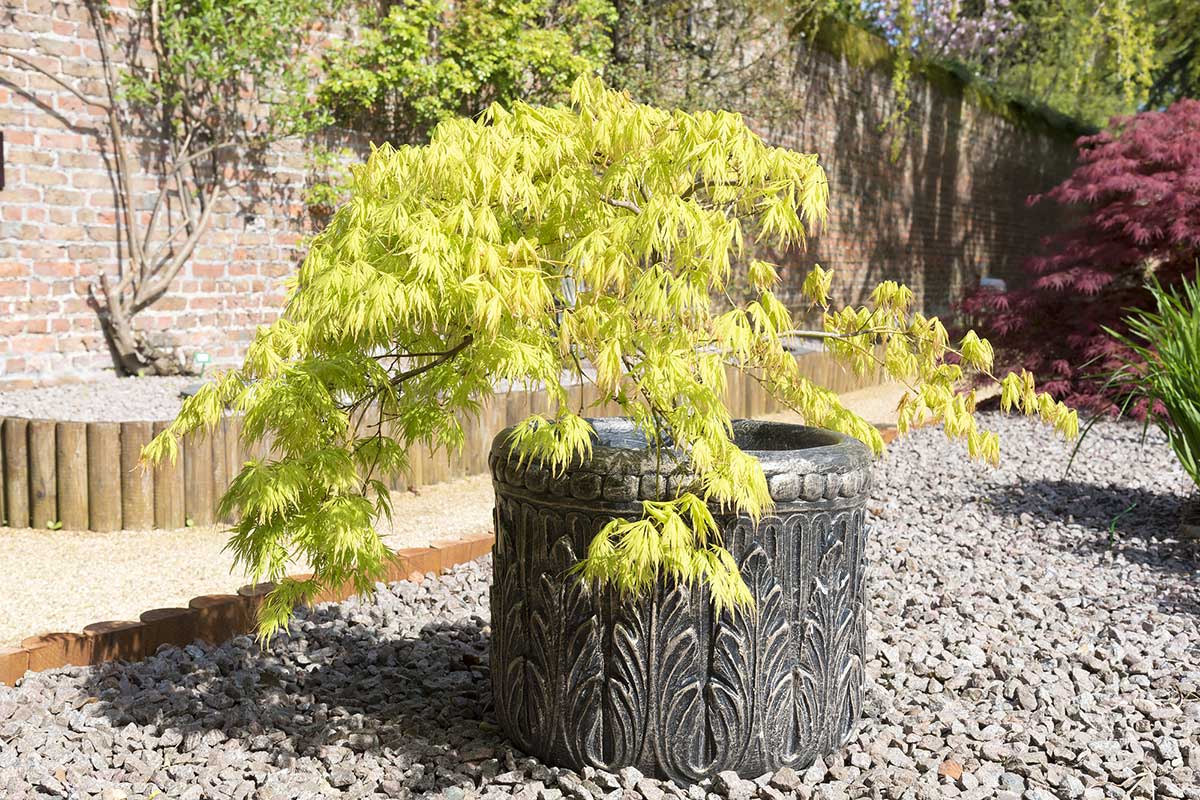
Examples of small trees that thrive in 5 to 15-gallon pots include the Dwarf Japanese Maple (Acer palmatum ‘Dissectum’), which typically grows up to 8 feet tall and wide; the Dwarf Flowering Cherry (Prunus serrulata ‘Kiku-shidare-zakura’), reaching a height and width of approximately 8 feet; and the Lavender Twist Weeping Redbud (Cercis canadensis ‘Covey’), which grows up to 10 feet tall and wide.
By selecting an appropriately-sized pot for your small tree, you can help ensure its long-term health and enjoyment in your landscape or garden.
Caring for potted trees
Proper care is essential to ensure the health and growth of potted trees. By understanding their unique needs, you can help your trees thrive and maintain their beauty throughout the seasons.
1. Watering
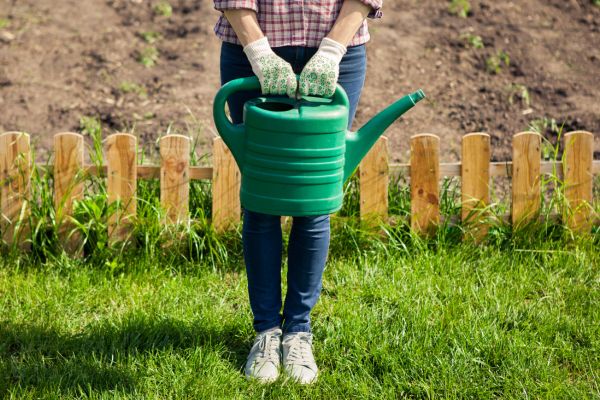
Potted trees typically require more frequent watering than those planted in the ground, as containers can dry out quickly. It’s important to keep the soil consistently moist but not waterlogged. Monitor the soil and adjust the watering frequency as needed, based on factors such as weather, container size, and tree species.
2. Fertilize
Potted trees benefit from regular fertilization to compensate for the limited nutrients available in container soil. Use a slow-release, balanced fertilizer designed for container plants, and follow the manufacturer’s instructions regarding application rates and frequency.
3. Pruning
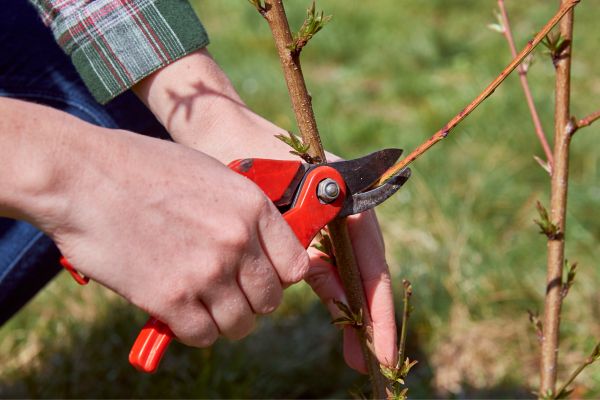
Regular pruning helps maintain the health, shape, and size of your potted tree. Remove dead, damaged, or diseased branches, and prune for shape and structure as needed. Always use clean, sharp pruning tools, to prevent the spread of disease.
4. Repotting
As potted trees grow, they may become root-bound or outgrow their containers. When this occurs, it’s essential to repot the tree into a larger container or plant it in the ground. Signs that a tree needs repotting include roots growing out of the drainage holes, slowed growth, or the tree becoming top-heavy.
5. Overwintering
Some potted trees may require special care during the winter months, particularly if they are not cold-hardy in your region. Bring sensitive trees indoors or to a sheltered location, such as a garage or shed, to protect them from extreme temperatures and harsh winds. Be sure to provide adequate light and monitor temperature and humidity levels to keep your tree healthy through the winter.
By following these care guidelines, you can ensure that your potted trees remain healthy and vibrant additions to your landscape or garden, no matter their size or species. With proper care, potted trees can provide years of enjoyment, beauty, and functionality in your outdoor space.
